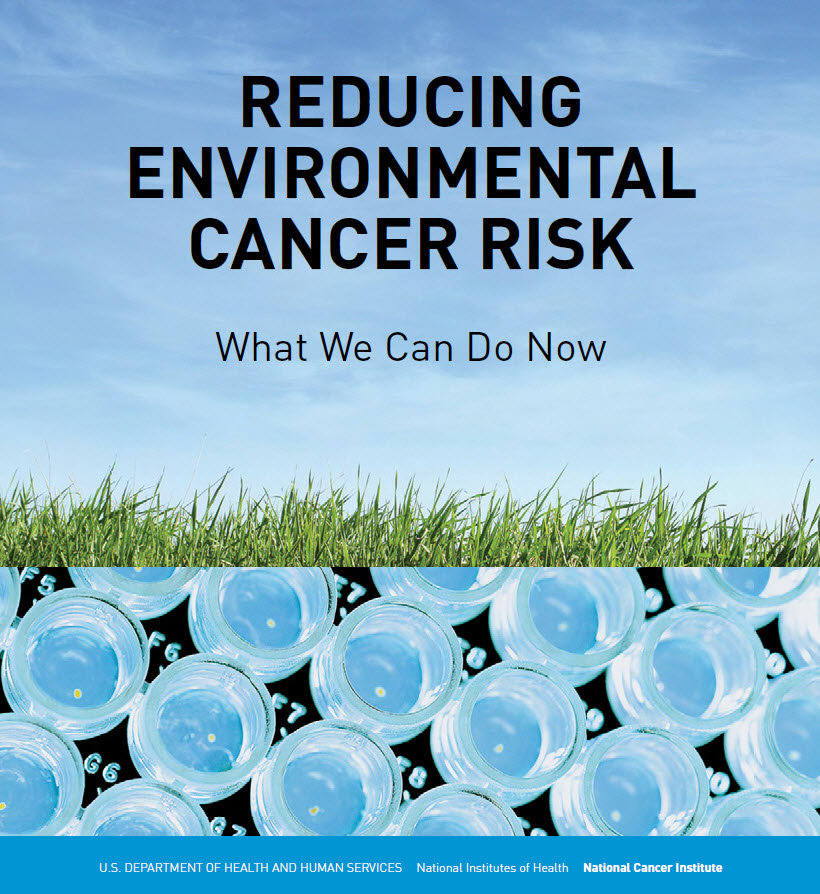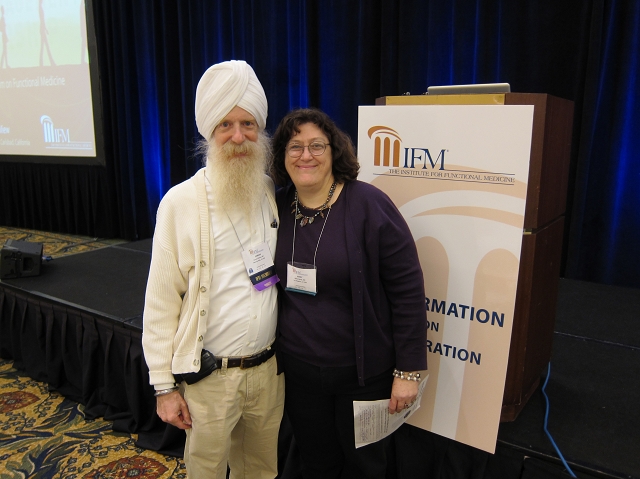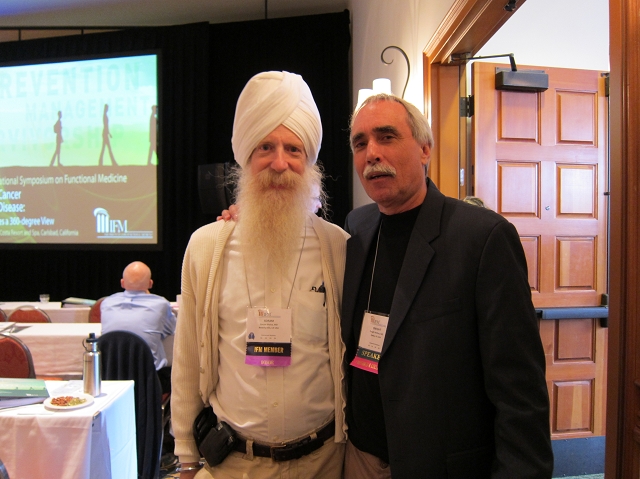 In my book on vitamin D, I discuss the importance of vitamin D as observed from retrospective and epidemiologic studies in helping to prevent breast cancer and the recurrence of breast cancer.
In my book on vitamin D, I discuss the importance of vitamin D as observed from retrospective and epidemiologic studies in helping to prevent breast cancer and the recurrence of breast cancer.
I also mention in my book that as of the date of publication and even to this date I have not seen one breast cancer patient come to my office for immune support as an adjunct to their traditional breast cancer therapy who have had a vitamin D blood level measured by their oncologists.
Now a recently published study by KD Crew and colleagues looked at the frequency of vitamin D deficiency in premenopausal women who were diagnosed with breast cancer and undergoing adjuvant chemotherapy. Adjuvant therapy means therapy that is in addition to the primary chemotherapy that a woman would receive after a diagnosis of breast cancer.
[Read more…]










 I am honored to be a friend of Ken Cook who is the president of the
I am honored to be a friend of Ken Cook who is the president of the .jpg) Postmenopausal women who are diagnosed with what is called "estrogen positive" breast cancer are usually given a drug called an Aromatase Inhibitor to take for five years. Aromatase is the name of an enzyme in the body that converts testosterone to estrogen. In women whose breast cancer had estrogen receptors, doctors try reduce the amount of any estrogen in their bodies. Aromatase Inhibitor drugs block the making of estrogen. Studies have shown that this will reduce the likelihood of a woman's breast cancer coming back. Who would not want that benefit?
Postmenopausal women who are diagnosed with what is called "estrogen positive" breast cancer are usually given a drug called an Aromatase Inhibitor to take for five years. Aromatase is the name of an enzyme in the body that converts testosterone to estrogen. In women whose breast cancer had estrogen receptors, doctors try reduce the amount of any estrogen in their bodies. Aromatase Inhibitor drugs block the making of estrogen. Studies have shown that this will reduce the likelihood of a woman's breast cancer coming back. Who would not want that benefit? My new web address for my blog was moved here some time ago. However some of my friends have been posting to the old blog page as they had my blog in their cache.
My new web address for my blog was moved here some time ago. However some of my friends have been posting to the old blog page as they had my blog in their cache. el Syndrome (IBS) is one of the most frequent diagnoses in any primary care practice in our country and probably around the world. Irritable Bowel Syndrome is a name that has been put on the condition in which the patient has intestinal gas, bloating, burping, diarrhea and/or alternating constipation, with a general unpleasant feeling in the gastrointestinal tract.
el Syndrome (IBS) is one of the most frequent diagnoses in any primary care practice in our country and probably around the world. Irritable Bowel Syndrome is a name that has been put on the condition in which the patient has intestinal gas, bloating, burping, diarrhea and/or alternating constipation, with a general unpleasant feeling in the gastrointestinal tract.


